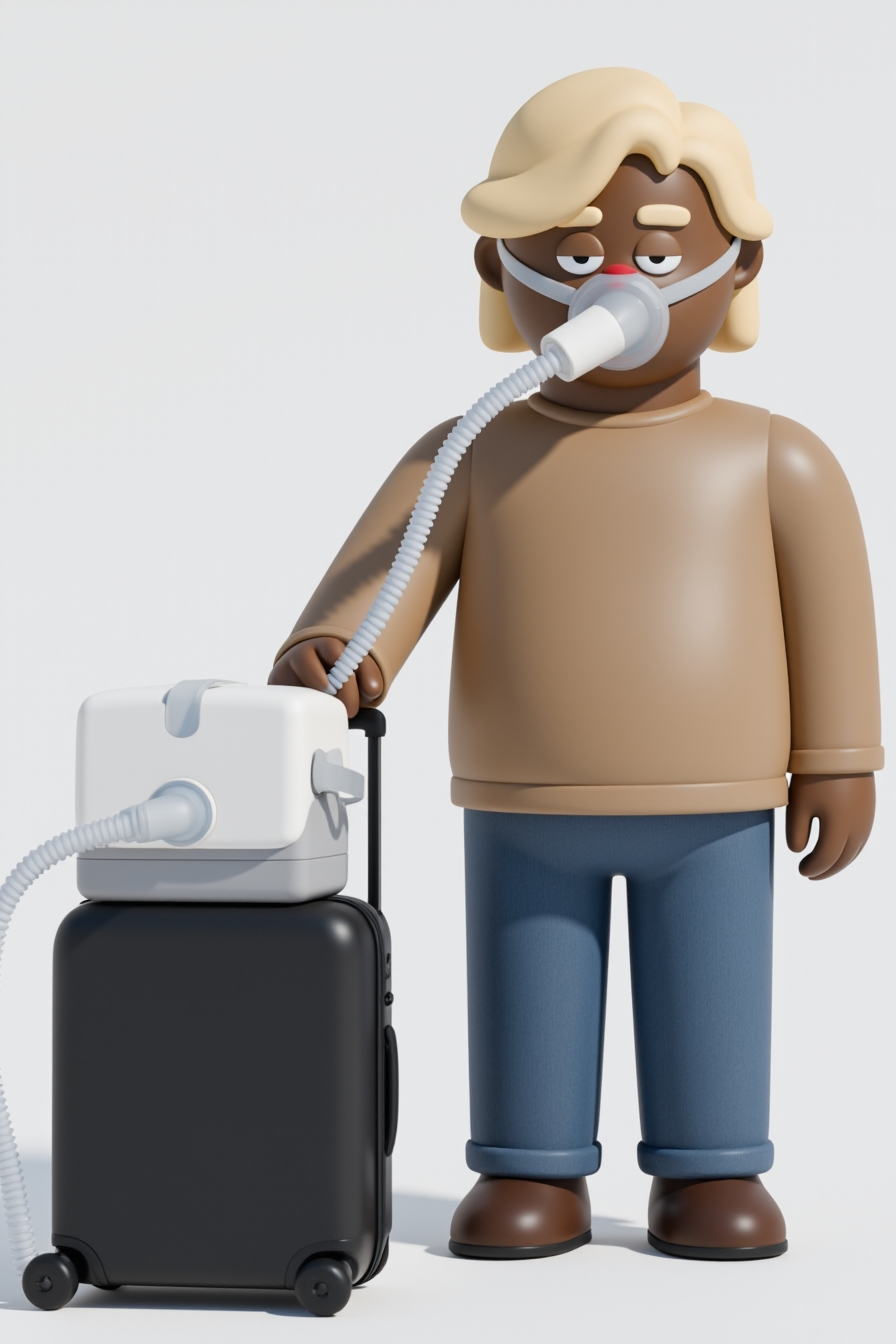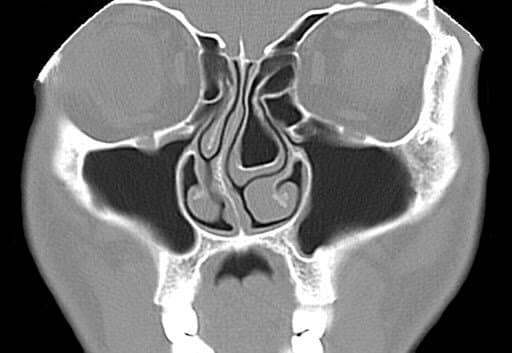How CPAP Hurts Nose Bridge and ENT Solutions
If you rely on a CPAP (Continuous Positive Airway Pressure) machine for sleep apnea, you know how transformative this therapy can be—helping you breathe easier, sleep more deeply, and wake up feeling energized. However, what happens when your CPAP machine causes discomfort or even pain at your nose bridge, making sleep difficult rather than restful?
You’re not alone—many CPAP users experience irritation on their nose bridge, including pain, redness, and even sores. These frustrating skin issues can discourage consistent use of the therapy, which directly affects your health and quality of life. Fortunately, there are effective ENT (ear, nose, and throat) solutions along with practical steps you can take to protect your nasal skin and continue receiving the full benefits of CPAP therapy.
In this article, we’ll explore why CPAP hurts the nose bridge for some users, typical symptoms, common causes behind this issue, and expert-recommended strategies to prevent and treat it. The goal is to help you enjoy a comfortable and safe CPAP experience every night.
Understanding Why CPAP Hurts the Nose Bridge
What Is the Nose Bridge and Its Role in CPAP Therapy?
The "nose bridge" refers to the upper, bony part of the nose located between your eyes. This area has thin, delicate skin and minimal natural cushioning underneath, making it vulnerable to pressure. When you wear a CPAP mask, the nose bridge often bears much of the mask’s weight and pressure because the mask must form a tight, leak-proof seal against your face.
Think of the nose bridge like a narrow wooden beam holding up a heavy structure; if too much force is applied in the wrong spot, it can become damaged. Similarly, masks that press too firmly on your nose bridge or shift during sleep can irritate the skin. You might notice indentations or red marks after use, which are early signs of skin irritation.
Over time, constant pressure and friction can lead to soreness, abrasions, or even open wounds. Chronic irritation not only causes discomfort but can increase the risk of infection or skin breakdown—a serious complication.
Common Symptoms When CPAP Hurts Your Nose Bridge
It’s important to identify nose bridge problems early before they worsen. Common warning signs include:
- Pain, tenderness, or soreness on your upper nose
- Redness or visible pressure marks where the mask contacts your skin
- Development of pressure sores or mild skin breakdown
- Itching, burning sensations, or a rash sometimes called “CPAP dermatitis”
- Scabbing, flaky skin, or increased sensitivity around the nose bridge
- Nasal dryness, crusting, or minor nosebleeds, often due to airflow leaks near the skin
If left untreated, these symptoms can make it increasingly difficult to tolerate CPAP therapy. Patients often find themselves dreading mask use and may skip nights, putting their sleep apnea treatment—and overall health—at risk (Mayo Clinic, SleepApnea.org).
According to a 2021 consumer survey published by SleepApnea.org, around 30% of CPAP users reported some form of nasal irritation or discomfort during therapy, underscoring how common this issue is.
Causes of Nose Bridge Pain from CPAP Masks
Improper Mask Fit and Excessive Pressure
The most frequent cause of nose bridge pain is an ill-fitting mask combined with excessive strap tightness. Many users overtighten their mask straps in an attempt to stop air leaks, but this increases pressure on the fragile skin of the nose bridge. It’s similar to fastening a bicycle helmet too tightly—doing so doesn’t make it more comfortable, just more painful.
An ill-fitted mask can also sit too high or too low on the face, pushing on sensitive areas unintentionally. Over time, this pressure leads to skin irritation, redness, and sometimes painful pressure sores.
Mask Style and Type Considerations
Not all CPAP masks impact the nose bridge equally. Full-face masks, which cover both the nose and mouth, tend to rest heavily on the nose bridge and can exacerbate discomfort, especially for those with sensitive skin. Nasal masks also apply pressure to the nose bridge area but often less so than full-face masks.
In contrast, nasal pillow masks seal only at the nostril openings, bypassing the nose bridge entirely. Many patients with nose bridge sensitivity find nasal pillows relieve discomfort. However, not everyone can tolerate or use this mask type due to specific therapy requirements or nasal anatomy.
Mask design also matters: some models have stiffer frames or less cushioned contact surfaces, increasing friction. Conversely, masks with softer silicone cushions or flexible materials reduce pressure points and adapt better to facial contours. Choosing a mask suited to your skin’s sensitivity can make a significant difference (The CPAP Shop, cpap.com).
Nasal Dryness and Internal Irritation from CPAP Airflow
Air delivered by CPAP machines is often dry or set at higher pressure levels, which can dry out the internal lining of your nose as well as the skin. Unhumidified air may cause the nasal mucosa to become inflamed, leading to irritation and increased sensitivity both inside the nose and on the external skin.
Leaks around the mask, especially near the nose bridge, allow air to escape over your skin, creating a constant stream that can contribute to chafing, itching, and crusting. Proper mask fitting is key to minimizing leaks and reducing these effects. The dryness combined with friction can make the skin fragile and prone to cracking or bleeding.
In a clinical report, 45% of patients experienced nasal dryness or crusting linked to CPAP use, highlighting the importance of managing humidity and airflow to prevent complications.
Effective ENT Solutions to Prevent and Treat Nose Bridge Pain
Although nose bridge pain can be discouraging, it’s important to remember that you don’t need to “just live with it.” With proper adjustments, medical guidance, and simple remedies, you can protect your skin and continue to benefit from CPAP therapy comfortably.
Adjusting Your Mask Fit Properly
Proper mask fitting is the foundation of comfort. Loosen your mask straps just enough so the facial seal remains but the mask doesn’t dig into your nose. Sometimes shifting the mask slightly downward or changing its angle helps distribute pressure away from the most painful areas.
Work with a sleep technologist or your provider to perfect the fit. They can demonstrate fitting techniques and may suggest a different mask size or cushion thickness. As one sleep specialist explained,
“Small tweaks in mask positioning often translate to big improvements in skin comfort.”
Trying Different Mask Types and Accessories
If discomfort continues, consider alternatives:
- Nasal pillow masks: These lightweight masks seal at the nostrils rather than resting on the nose bridge, reducing pressure significantly. Many patients find relief from nose pain after switching to nasal pillows; however, individual experiences vary.
- Mask liners and gel nasal pads: Adding a soft fabric liner or silicone gel pad between your face and mask cushion can help cushion delicate skin. Products like Gecko or Boomerang pads are specifically designed to reduce friction and spread pressure evenly. Even a thin, breathable barrier can prevent skin breakdown and reduce redness.
For example, Jane, a CPAP user from Ohio, shared,
“After months of painful sores, using gel pads made a significant difference—I can finally sleep without waking up from nose pain.”
Individual results may vary, and patients should consult their healthcare provider before trying new accessories.
These accessories are generally affordable, easy to use, and recommended by ENT specialists and sleep therapists (The CPAP Shop, cpap.com).
Managing Nasal Dryness and Soreness
Using a heated humidifier attached to your CPAP machine can significantly reduce nasal dryness and irritation for many users. It warms and moistens the air before it reaches your nose, which helps protect nasal mucosa and skin.
Additionally, saline nasal sprays or gentle nasal lubricants formulated for CPAP can be applied before bedtime to hydrate the mucous membranes. These help prevent crusting, maintain skin flexibility, and reduce discomfort. Be sure to select products labeled safe for CPAP use, and avoid excessive application, which could interfere with mask seals.
Maintaining Mask Hygiene
Good mask hygiene is vital. Oils, sweat, and skin cells accumulate on mask cushions and straps, contributing to skin irritation or breakouts. Clean your mask cushion daily with mild soap and water, and allow it to air dry. Replace mask parts regularly—soft cushions, headgear, and straps wear out and lose their suppleness over time, causing uneven pressure and increased friction.
According to experts at Mayo Clinic, replacing cushions every 1–3 months and the full mask every 3–6 months helps maintain both therapy efficacy and skin comfort (Mayo Clinic).
Lifestyle Tips to Protect Your Nose Bridge During CPAP Use
In addition to medical and equipment solutions, consider these lifestyle tips to further protect your nose bridge:
- Gently cleanse and moisturize your face: Use mild, non-irritating cleansers to keep your skin clean and free of oils, sweat, or irritants. Avoid heavy oils or thick creams that may interfere with the mask seal.
- Take short breaks if safe: If your sleep care provider agrees, briefly removing the mask during calm wake periods may relieve pressure and allow skin recovery. Always follow professional advice before modifying therapy routines.
- Modify your sleeping positions: Avoid positions that press the mask hard into your nose bridge, such as sleeping on your stomach. Side or back sleeping with some position adjustments can reduce focal pressure.
- Consult an ENT specialist: If you experience frequent or severe nasal wounds, rashes, or persistent irritation despite these strategies, seeing an ENT specialist is advisable. They can assess for other nasal or dermatologic conditions and customize your treatment plan for comfort and effectiveness.
Frequently Asked Questions (FAQs)
Why does my CPAP mask always hurt my nose bridge even after adjustments?
If your nose bridge hurts despite trying common fixes, it may be due to an incompatible mask style or cushion type for your facial anatomy. Some people require specialized masks or softer materials. A professional mask fitting with a sleep technologist or ENT specialist can help find the best option.
Can using nasal pillow masks completely eliminate nose bridge pain?
Nasal pillow masks bypass the nose bridge entirely and often solve pain issues for many users. However, they aren’t suitable for everyone because some patients require full-face masks for effective therapy or have anatomical considerations affecting comfort.
How often should I replace my CPAP mask or cushions?
Mask cushions generally need replacing every 1–3 months because they lose softness and sealing ability with use. Full masks typically last 3–6 months but may need earlier replacement if damaged or uncomfortable. Worn cushions increase risk of skin irritation.
Are there specific skin-friendly materials recommended for CPAP masks?
Many modern CPAP masks use hypoallergenic silicone or soft fabric designed to minimize irritation. Additionally, third-party mask liners and silicone gel pads provide a protective “skin barrier” for sensitive users.
When should I see an ENT specialist for CPAP-related nose bridge pain?
Persistent sores, non-healing wounds, infections, or severe skin reactions warrant ENT evaluation. They can assess for underlying nasal conditions, recommend advanced treatments, or help adjust your CPAP therapy for maximal comfort.
Conclusion
If your CPAP hurts your nose bridge, do not dismiss it as a minor nuisance. Addressing discomfort is crucial to ensure you continue using your CPAP therapy consistently and effectively. By understanding the reasons behind nose bridge pain, exploring different mask styles, using protective accessories, and maintaining good nasal and mask care, you can enjoy the full benefits of CPAP without sacrificing comfort.
Always communicate openly with your sleep specialist or ENT if nose bridge pain persists. With the right mask fit and some extra nasal care, CPAP can be comfortable and effective night after night.
If you’re struggling with CPAP-related nose bridge discomfort or have questions about your therapy, consider booking an appointment with an ENT specialist today at Sleep and Sinus Centers. They can provide personalized evaluation and solutions to improve your treatment experience.
References
- Mayo Clinic. “Continuous positive airway pressure (CPAP) for sleep apnea.” https://www.mayoclinic.org/diseases-conditions/sleep-apnea/in-depth/cpap/art-20044164
- The CPAP Shop. “How to Prevent Nose Sores from CPAP Mask Use.” https://www.thecpapshop.com/blog/how-to-prevent-nose-sores-from-cpap-mask-use
- SleepApnea.org. “CPAP Dermatitis and Nose Sores.” https://www.sleepapnea.org/cpap/cpap-dermatitis
- cpap.com. “Nose sores from CPAP mask.” https://www.cpap.com/blogs/cpap-therapy/nose-sores-from-cpap-mask?srsltid=AfmBOorOfjCI7mEFW-y3jWnHlte-SjQwcNPnXMDKy2yr9bQJz8cDvqmS
If you found this post valuable, share your CPAP challenges or solutions in the comments below—let’s support each other on the journey to better sleep!
Medical disclaimer: This article is for informational and educational purposes only and is not medical advice. Please consult a qualified healthcare provider for diagnosis and treatment.
Don’t let allergies slow you down. Schedule a comprehensive ENT and allergy evaluation at Sleep and Sinus Centers of Georgia. We’re here to find your triggers and guide you toward lasting relief.





